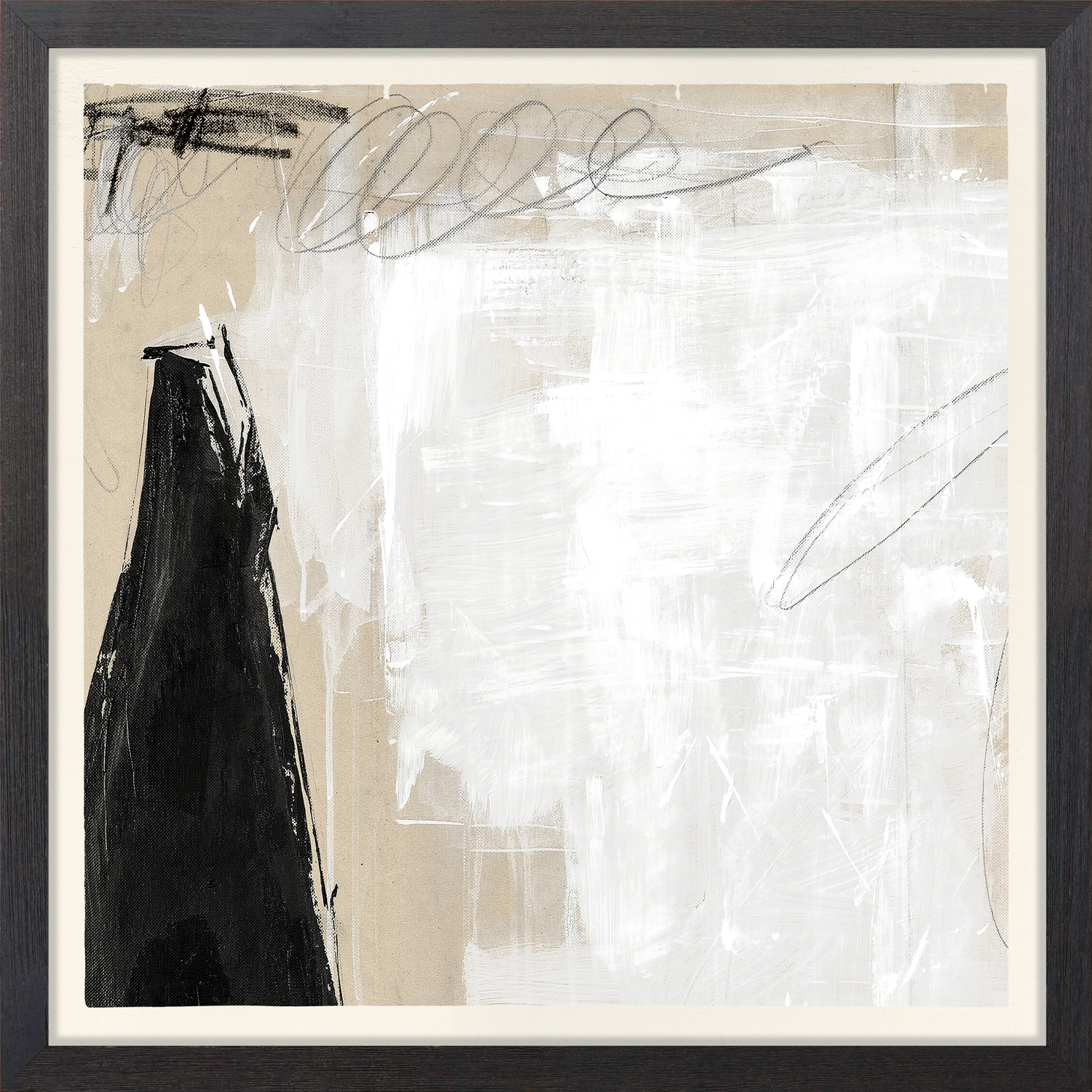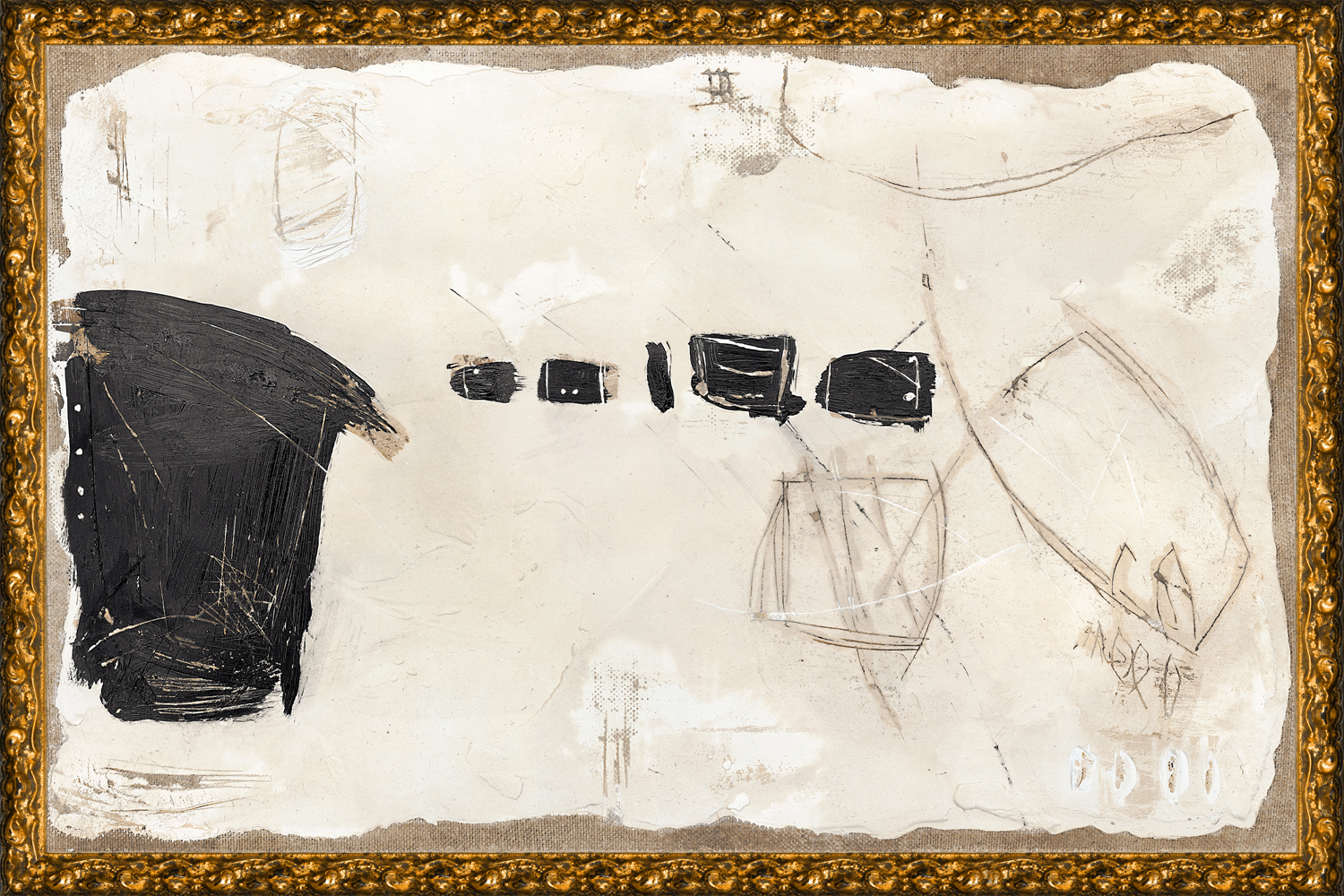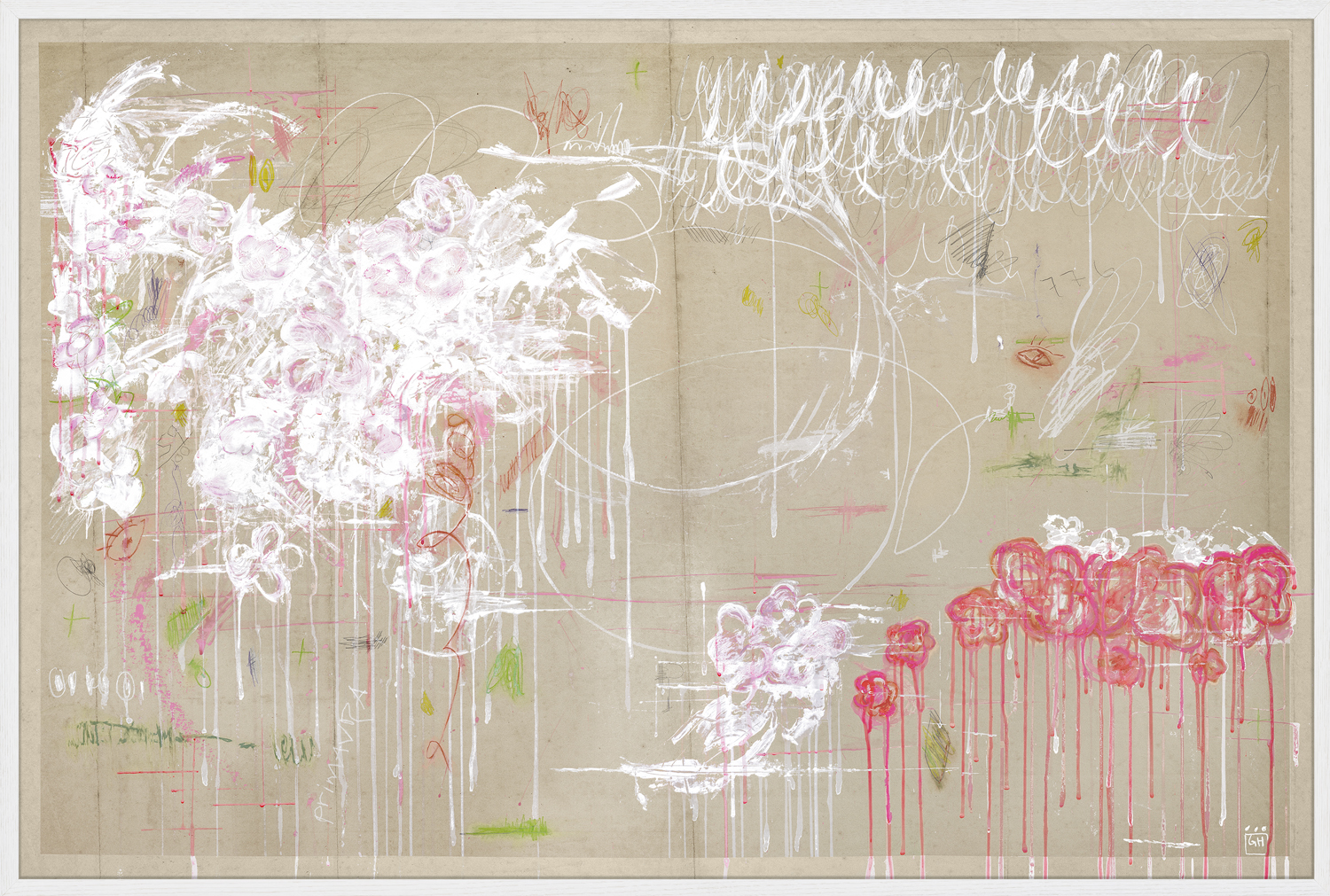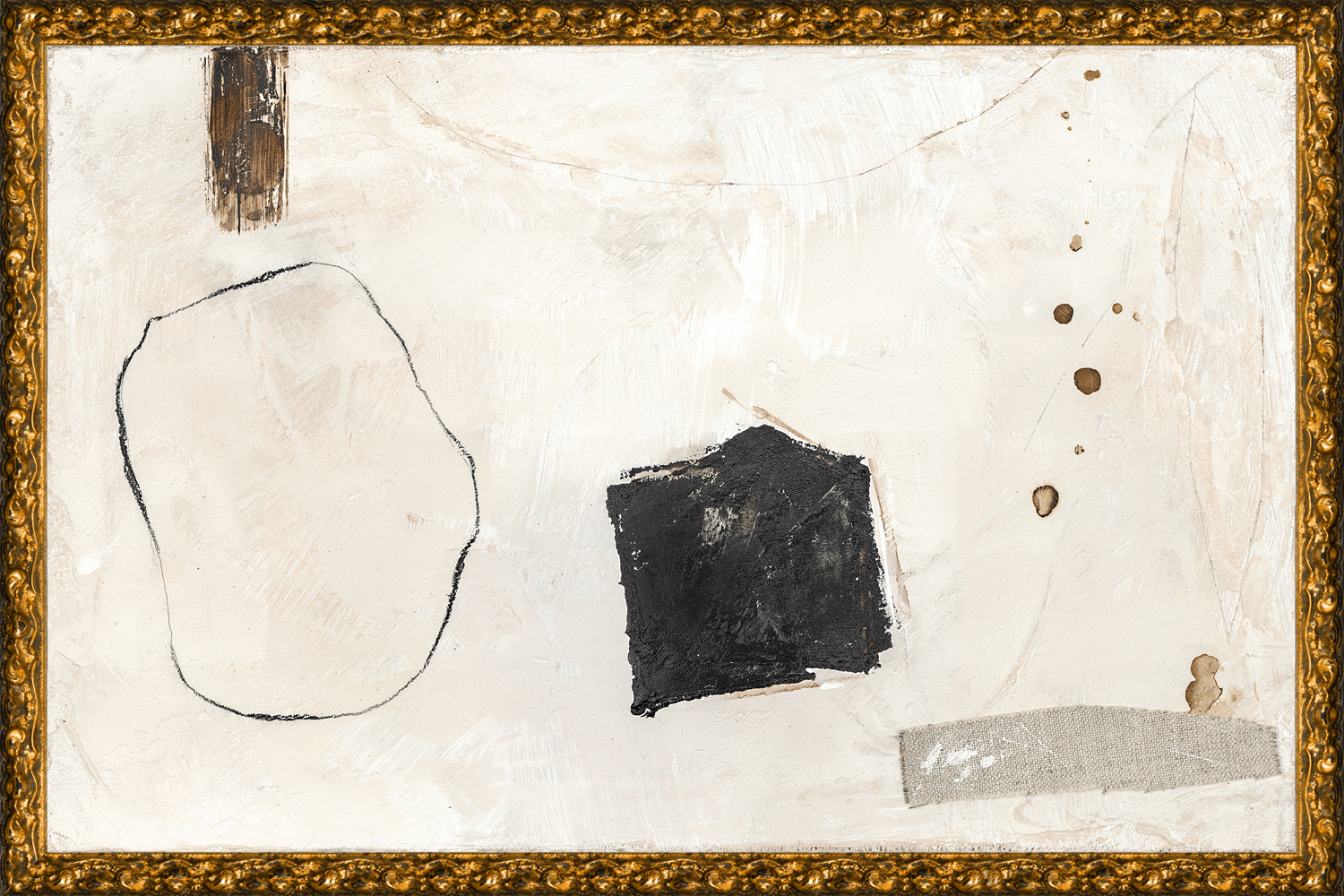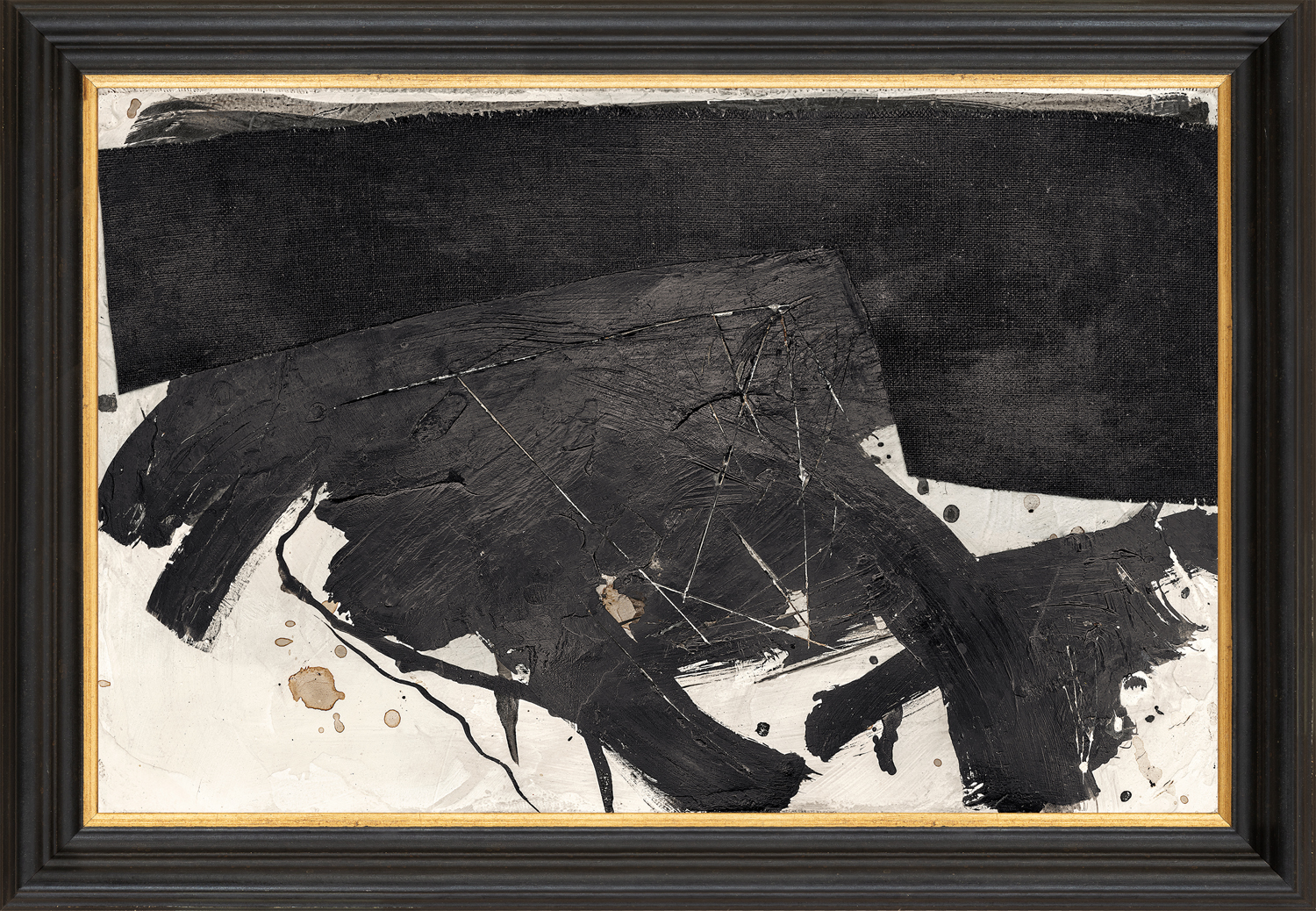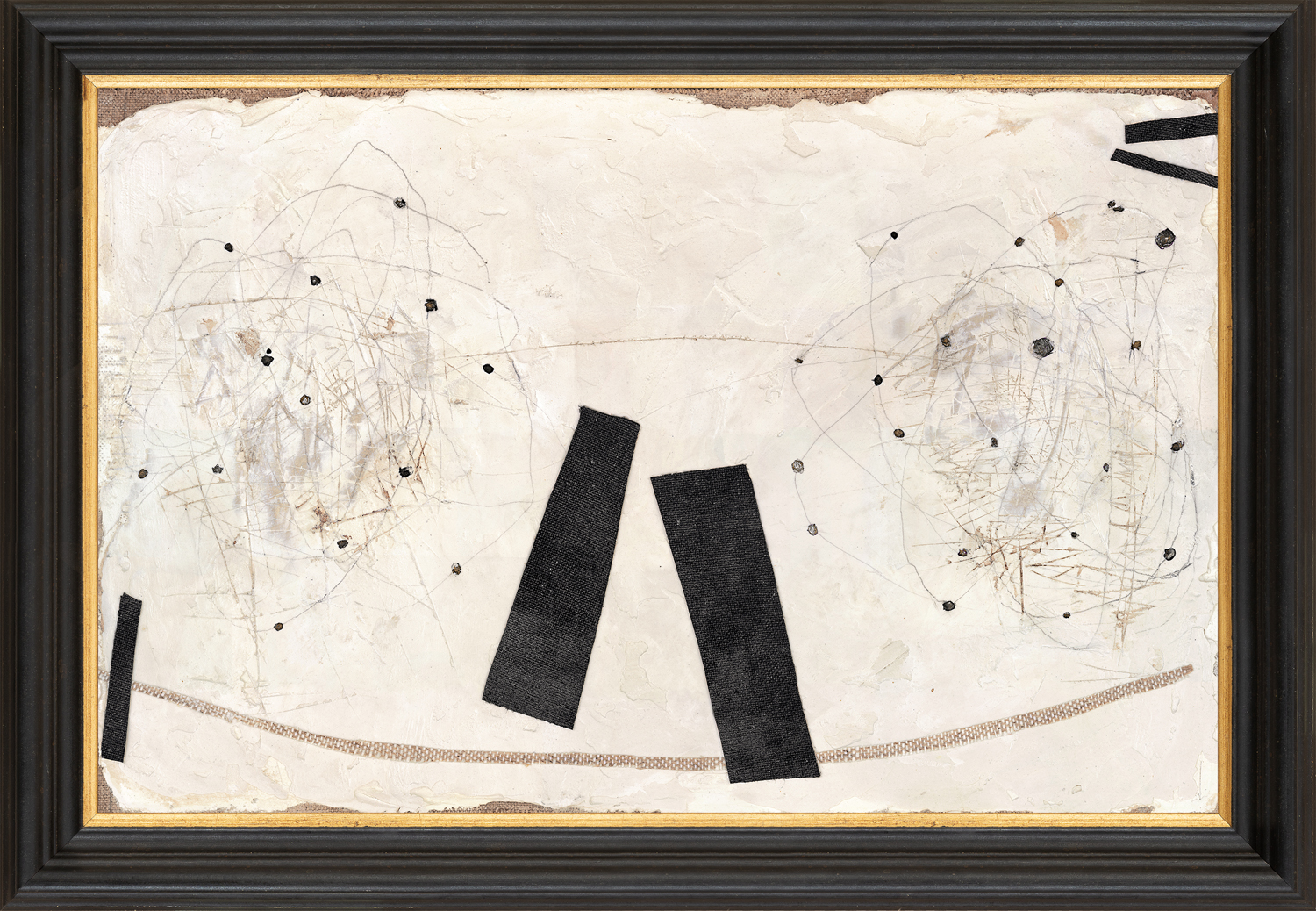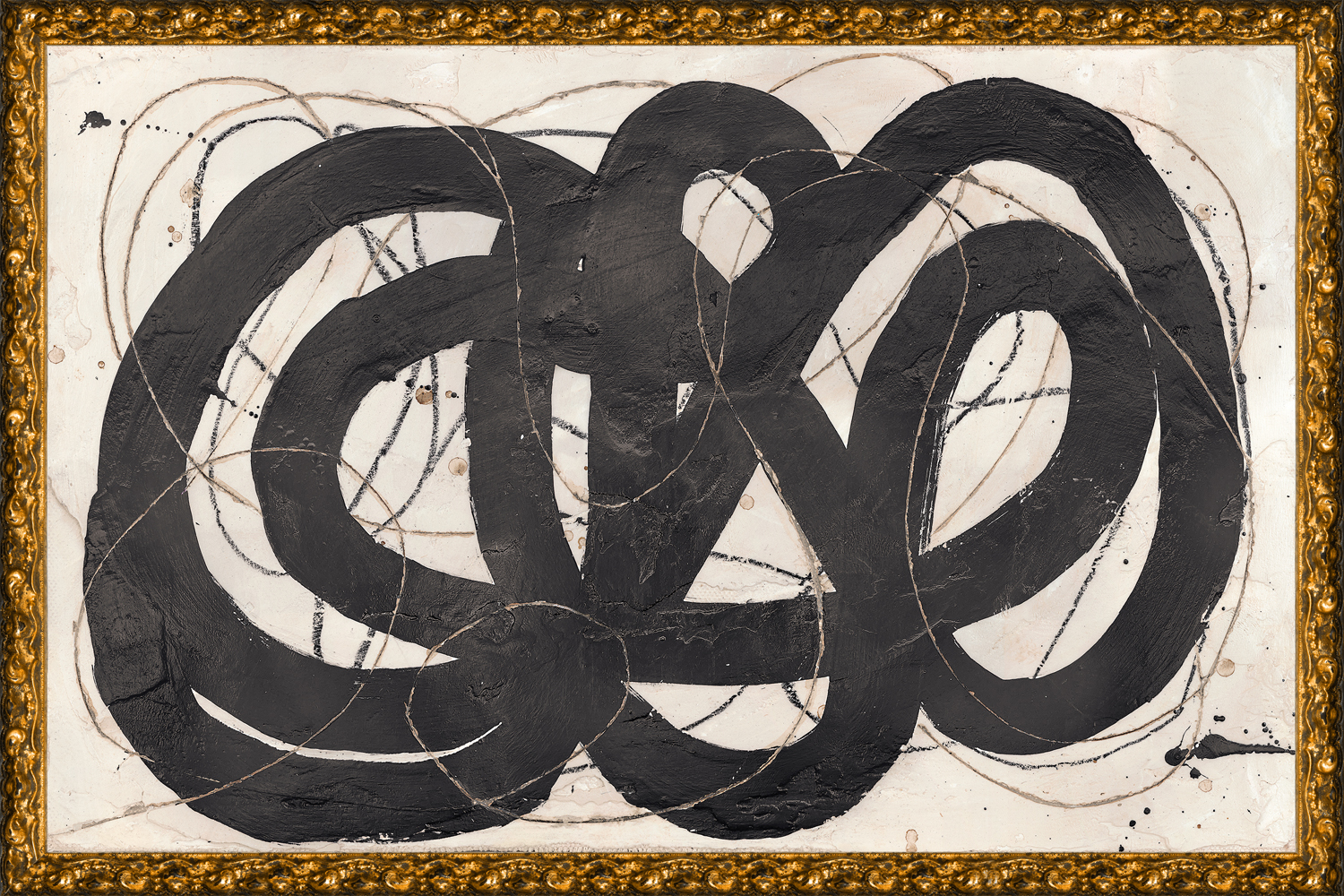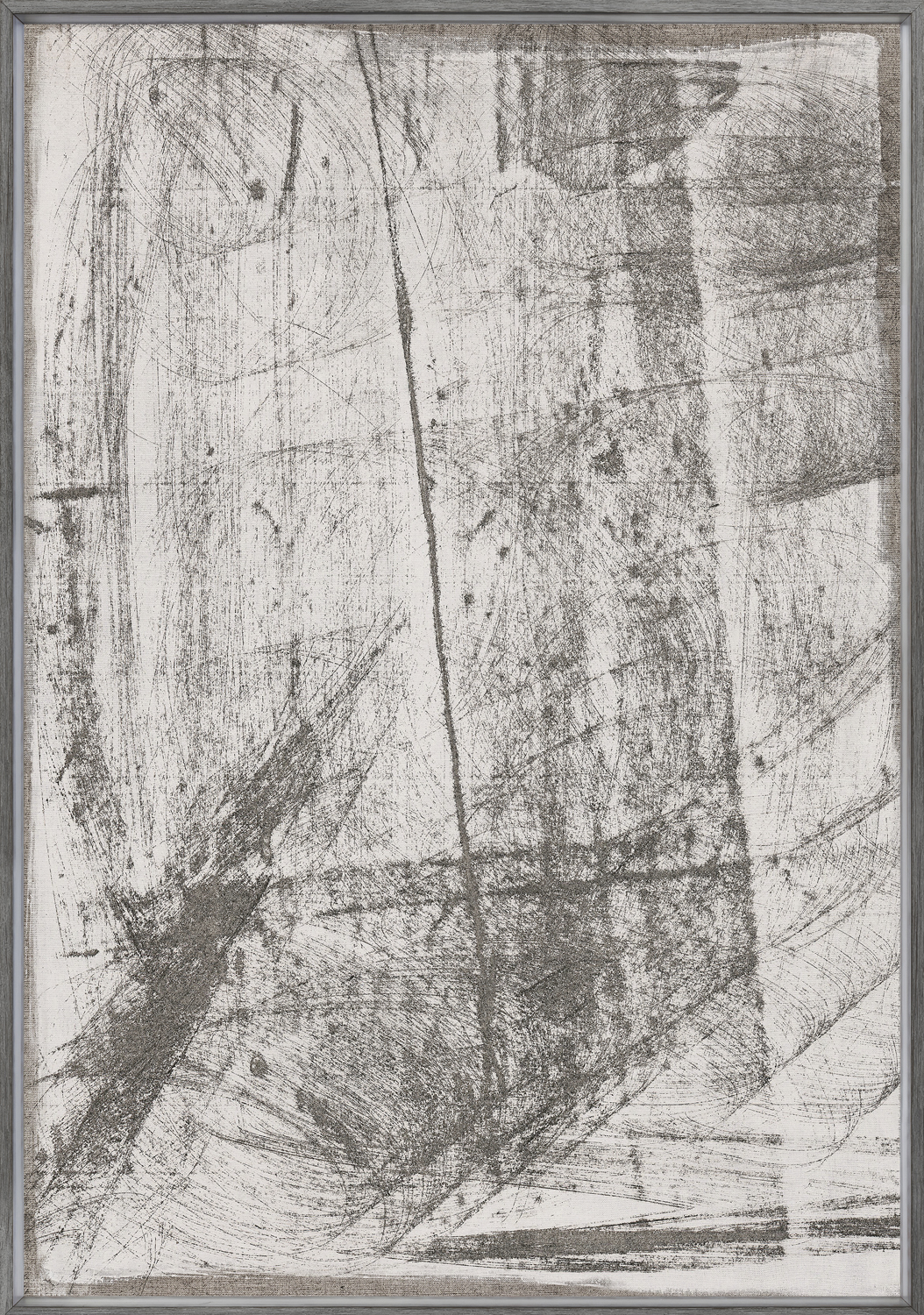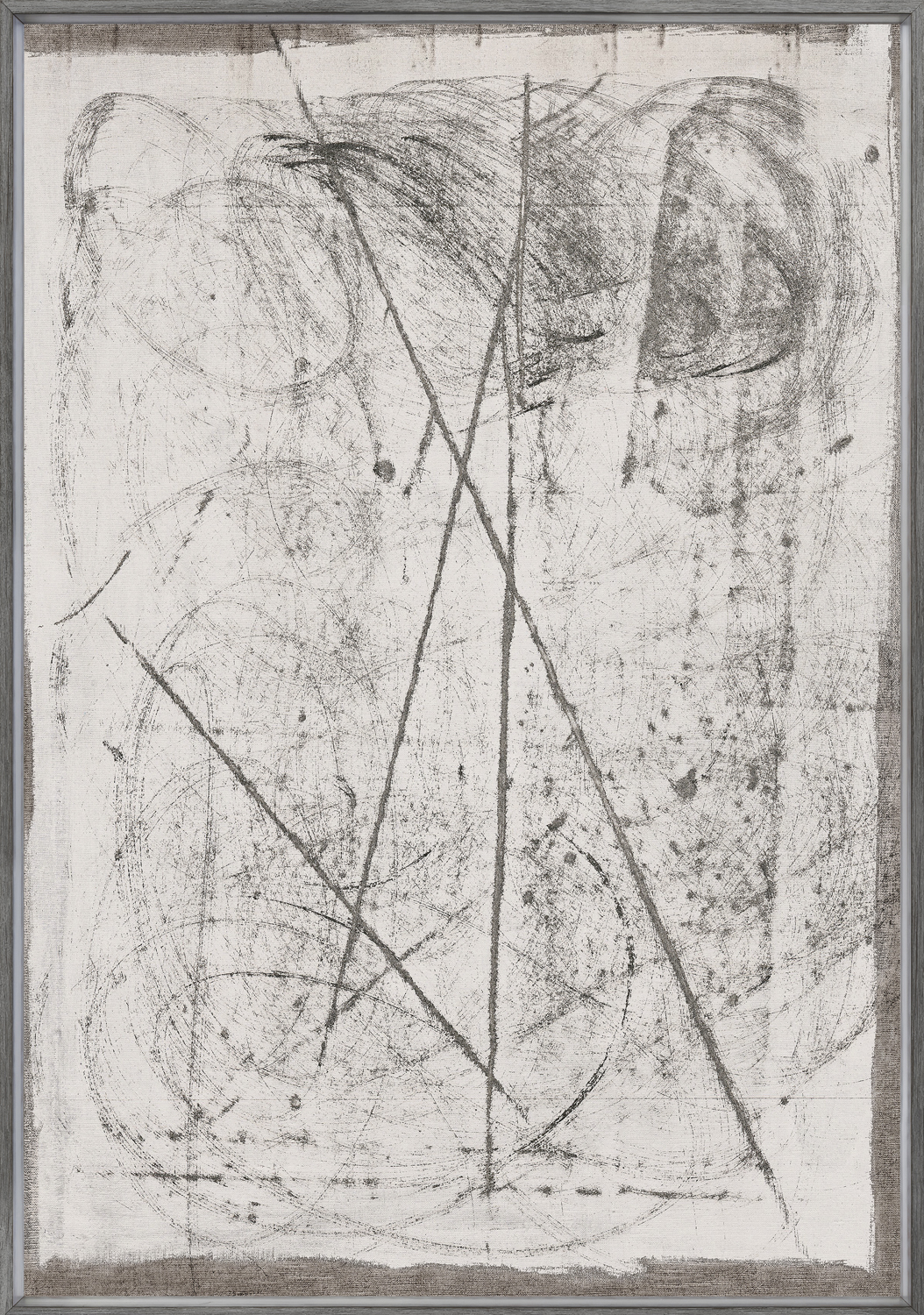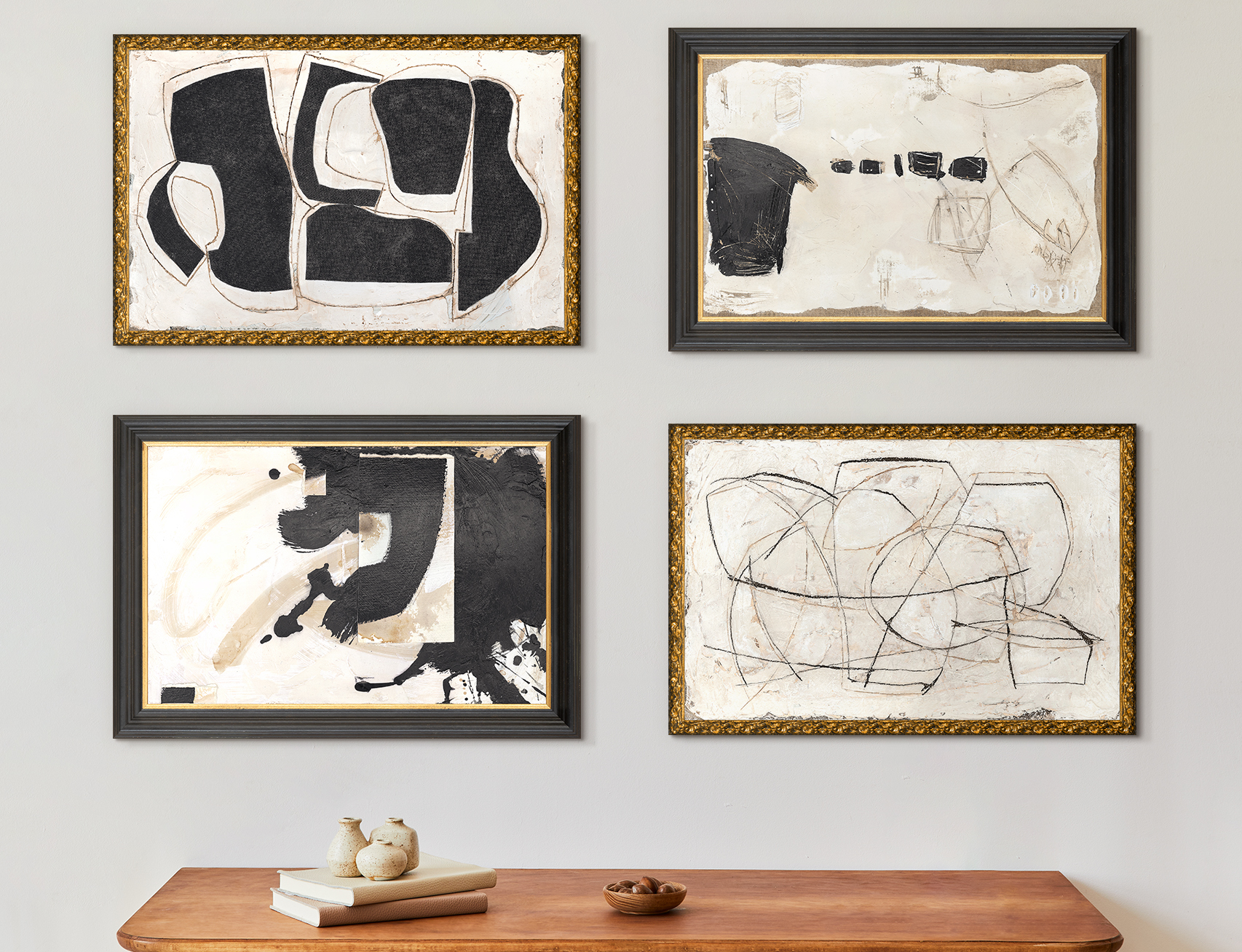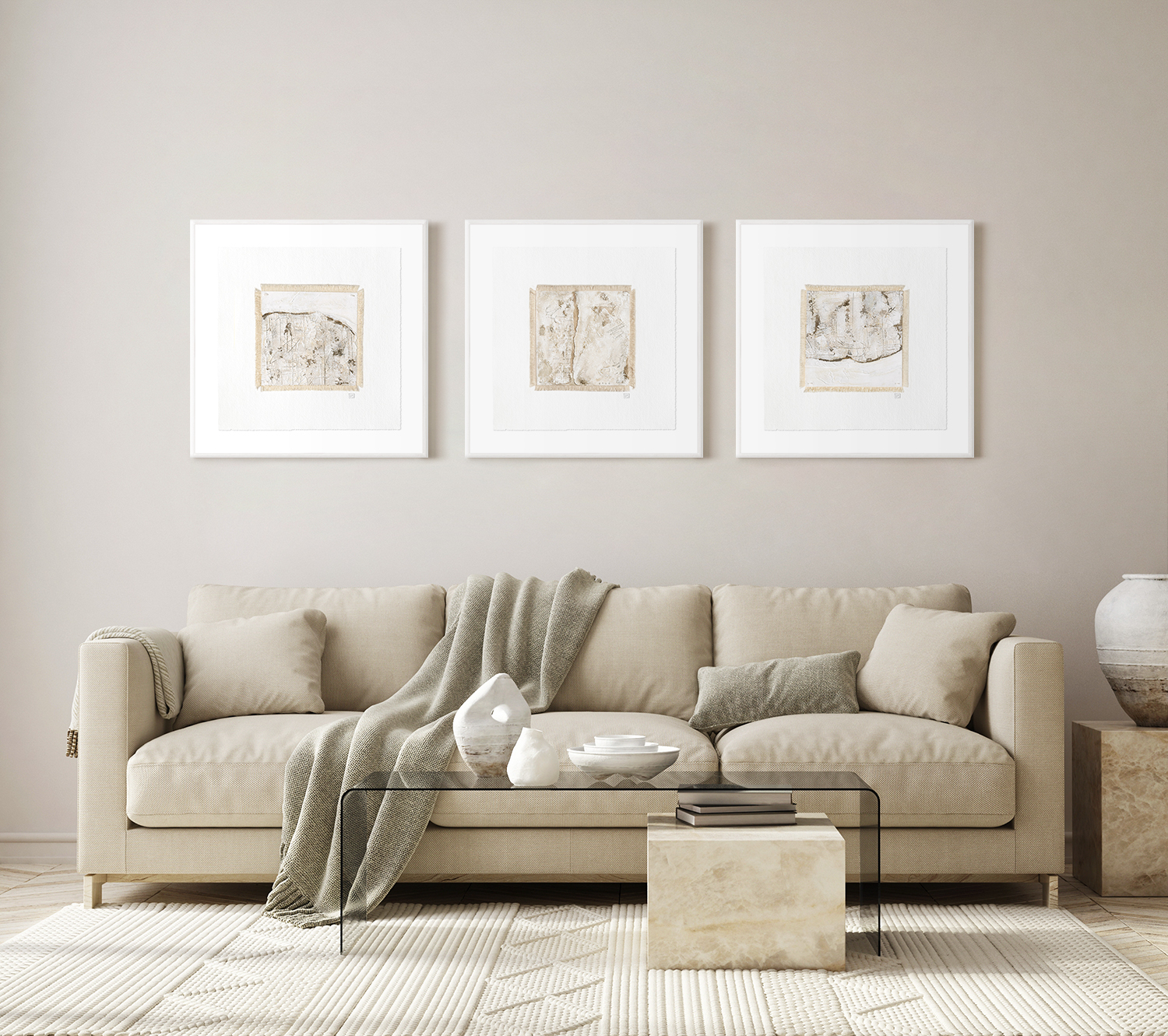Abstract Expressionism and Interior Design: Chaos, Control, and the Expression of the Self
The Beginnings of Abstract Expressionism and its Influences in America
The mid-20th century marked the emergence of a new movement in art-making that would shift the focus of the art world from Paris to New York and from representational art to abstraction and emotional expression.
Abstract Expressionism developed in America in the wake of the Great Depression and during the strife of World War II. During this time, many American artists were being exposed to European Modernism and art movements such as Surrealism and Cubism through gallery shows and retrospectives. They were also interacting with European artists like Hans Hofmann, Andre Breton, Salvador Dali, Piet Mondrian, and others as they sought refuge in America from the war.
This led to American artists being influenced by the work and movements happening in Europe. Surrealism had an especially strong impact on the beginnings of Abstract Expressionism as it encouraged introspection and “mining the subconscious” (The Art Story). American artists took this sentiment and applied it to their work using abstraction as a vehicle for their expression. The movement was largely focused on the self, emotion, and universal themes, though artists that were part of the movement often used varying methods to achieve these ends.
Action Painting
One such method was described at the time by art critic, Harold Rosenberg, as Action Painting. The main idea behind Rosenberg’s Action Painting was, “What was to go on the canvas was not a picture but an event.” Spontaneous actions, random drips, and splatters were a representation of the artist’s subconscious through pure expression. Many artists of the time didn’t adopt this label for themselves though, as they saw it overlooked the many conscious decisions that went into their work. As Jackson Pollock said: “No chaos, damn it!”.
Many Abstract Expressionists exhibited a balance of chaos and control in their work. A struggle played out on their canvases between unfettered expression of the subconscious and the artist wielding control over decisions of colour, composition, marks, gestures, etc. They expressed their inner self but maintained a certain level of control that kept it from falling into pure chaotic randomness. In this way, Action Painting, though a useful term to describe some aspects of Abstract Expressionist techniques, doesn’t encompass the totality of the movement and in many ways disregards the element of control wielded by the artists during their expression. One could say though, that this control also represents an expression of the self, for we are not comprised solely of our subconscious. We are a combination of both: consciousness and subconscious. Many Abstract Expressionists managed to capture this balance.
Abstract Expressionism and Today’s Design Landscape
By the late 1950s, Abstract Expressionism had largely run its course as the center of artistic debate but its impact and legacy are still felt to this day. After all, at its core, the movement was concerned with personal experience, expression, and individual freedom; things that are still relevant and important to people today. Individualism, sharing lived experiences, and the expression and acceptance of oneself is something that we all, on some level, strive to attain.
One way in which we can achieve this expression is with our surroundings. The spaces in which we live and spend our time become a reflection of ourselves. What we choose to fill them with helps to paint a picture of us. Items and artwork that speak to who we are and represent different aspects of our personalities and interests help to make these spaces uniquely ours. With an expressive gesture across canvas, artworks following in the spirit of the Abstract Expressionists can assist in this goal, bringing emotion and interest to our spaces and making Abstract Expressionist pieces a strong element of successful interior design.
Franz Kline
One artist that was categorised as an “Action Painter” was Franz Kline. His large-scale canvases were covered in thick layers of black and white paint applied with expressive gestures. The aggressive, energetic lines work to express the emotion of the artist, which was something Kline found to be extremely important. In his words: “The final test of a painting, theirs, mine, any other, is: does the painter’s emotion come across?” While he was interested in the emotional expression of the artist in his work, he, like Pollock, did not descend into chaos and unconstrained expression. Rather, he focused on the isolated nature of the gesture itself and the actual experience of painting in a carefully considered manner.
Pierre Soulages
Pierre Soulages, a French artist from the early to mid 20th century, echoed some of the elements of Abstract Expressionism as it developed in the US. Known for his Outrenoir (Beyond Black) paintings, Soulages, like Kline, used thick brushstrokes of black and white paint on his canvases. Though visually similar to Kline’s, Soulages’ work was very different in technique. Kline used looser gestures while Soulages “deliberately constructed his compositions to create a formal balance” (Guggenheim). His work more obviously showed the control he wielded over composition and mark placement.
Soulages was interested in how black paint absorbs and reflects light. With his Beyond Black paintings, he systematically applied thick layers of both matte and glossy black paint with scratches, scores, and ridges, creating smooth and rough surfaces that reflect light in different ways. Through this technique Soulages was able to create depth and dimension. Though an entire piece may be black, the texture and finish of that black changes the way light interacts with it and in turn creates form and shape, highlights and shadows, and a variation in shades.
Sources
“Franz Kline”. artnet.com
Link: http://www.artnet.com/artists/franz-kline/
“Pierre Soulages”. Artnet.com
Link: http://www.artnet.com/artists/pierre-soulages/
“Franz Kline Artist Overview and Analysis”. TheArtStory.org
Content compiled and written by Ivan Savvine
Edited and published by The Art Story Contributors
Link: https://www.theartstory.org/artist/kline-franz/
First published on 21 Nov 2011. Updated and modified regularly
“Franz Kline”. artsy.net
Link: https://www.artsy.net/artist/franz-kline
“Pierre Soulages”. artsy.net
https://www.artsy.net/artist/pierre-soulages
“Pierre Soulages”. Guggenheim.org
Link: https://www.guggenheim.org/artwork/artist/pierre-soulages
“Abstract Expressionism Movement Overview and Analysis”. TheArtStory.org
Content compiled and written by The Art Story Contributors
Edited and published by The Art Story Contributors
Link: https://www.theartstory.org/movement/abstract-expressionism/
First published on 22 Nov 2011. Updated and modified regularly
“Abstract Expressionism”. metmuseum.org
Stella Paul, Department of Education, the Metropolitan Museum of Art.
October 2004.
Link: https://www.metmuseum.org/toah/hd/abex/hd_abex.htm
“Pierre Soulages”. [Internet]. operagallery.com
Link: https://www.operagallery.com/artist/pierre-soulages
“American Action Painters”. 1952. ARTnews.
Harold Rosenberg
Link: https://www.csus.edu/indiv/o/obriene/art112/readings/rosenberg%20american%20action%20painters.pdf

